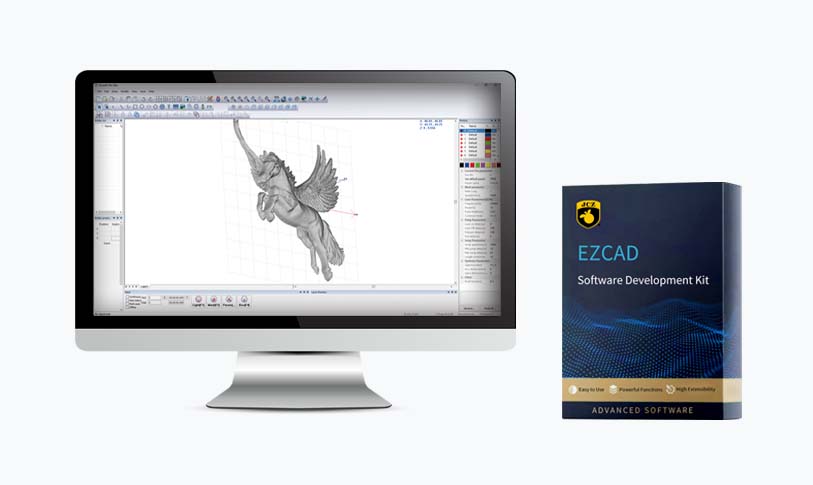Laser technology has proven to be a transformative force in various fields, particularly in biomedical research, manufacturing, and optical communication. Among the numerous wavelengths available, the laser at 488 nm stands out as a versatile and powerful tool with a wide range of applications. This article delves into the significance of 488 nm lasers, their operational characteristics, and their diverse applications in science and industry.
**Understanding Laser 488 nm**
The 488 nm laser emits light in the blue-green region of the visible spectrum, making it an ideal choice for many applications due to its energetic photon emissions and the ability to excite various fluorophores. This wavelength is commonly generated using solid-state or gas lasers like Argon-ion lasers, which can provide the required coherence and intensity necessary for complex applications.

Exploring the Applications and Benefits of Laser 488 nm in Biomedical Research and Industry
**Applications in Biomedical Research**
One of the most notable applications of the 488 nm laser is in the field of fluorescence microscopy. This technique is vital for visualizing biomolecules and cellular structures, as many fluorescent tags and proteins, such as GFP (Green Fluorescent Protein), have optimal excitation wavelengths near 488 nm. When irradiated by the 488 nm laser, these tags emit light at longer wavelengths, allowing researchers to observe cellular activities in real-time with impressive clarity and detail.
Moreover, the 488 nm laser is widely utilized in flow cytometry, a technology essential for cell counting, sorting, and biomarker detection. Flow cytometers equipped with 488 nm lasers can effectively analyze multiple parameters of thousands of cells per second. This capability is indispensable in immunology, oncology, and stem cell research, where precise quantification and characterization of cells are crucial.
In addition to microscopy and flow cytometry, the 488 nm laser plays a significant role in various molecular biology techniques, including in situ hybridization and molecular imaging. By providing the necessary energy to excite specific fluorescent probes bound to target nucleic acids or proteins, researchers can effectively obtain spatial and temporal information about gene expression and protein localization within live cells.
**Industrial Applications**
Outside of the biomedical field, the laser 488 nm wavelength finds applications in a variety of industrial contexts. For instance, it is used in laser marking and engraving. The high precision and minimal thermal damage associated with the 488 nm laser enable manufacturers to create high-quality markings on a range of materials, including plastics, metals, and glass.
Another prominent industrial application involves the use of laser 488 nm in phototherapy. This therapeutic method is particularly effective for treating skin conditions like psoriasis and acne, where the specific wavelength aids in photomodulation of cellular processes and can reduce inflammation and promote healing. The selectivity of the 488 nm laser also allows for targeted treatment, minimizing damage to surrounding healthy tissues.
**Safety Considerations**

Exploring the Applications and Benefits of Laser 488 nm in Biomedical Research and Industry
While the advantages of laser 488 nm are significant, it’s essential to acknowledge the safety concerns associated with its use. Like all lasers, it carries the risk of eye and skin exposure. Researchers and industrial operators must adhere to strict safety protocols, including the use of appropriate protective eyewear and implementing light containment measures in laboratories and workspaces. Additionally, training related to laser operation and safety must be a mandatory aspect of working in environments where 488 nm lasers are utilized.

Exploring the Applications and Benefits of Laser 488 nm in Biomedical Research and Industry
**Conclusion**
The evolution and application of 488 nm lasers highlight the continuing importance of photonics in science and industry. From its crucial role in advancing biomedical research to its effectiveness in innovative manufacturing processes, laser 488 nm serves as a bridge between technological advancement and practical applications. As research progresses and more sophisticated techniques are developed, it is likely that the utilization of 488 nm lasers will expand even further, continuing to pave the way for breakthroughs in numerous fields. The future looks promising, with this specific wavelength leading the charge in innovation and discovery, proving that when it comes to laser technology, the right wavelength can unlock a world of possibilities.fiber laser engraving
